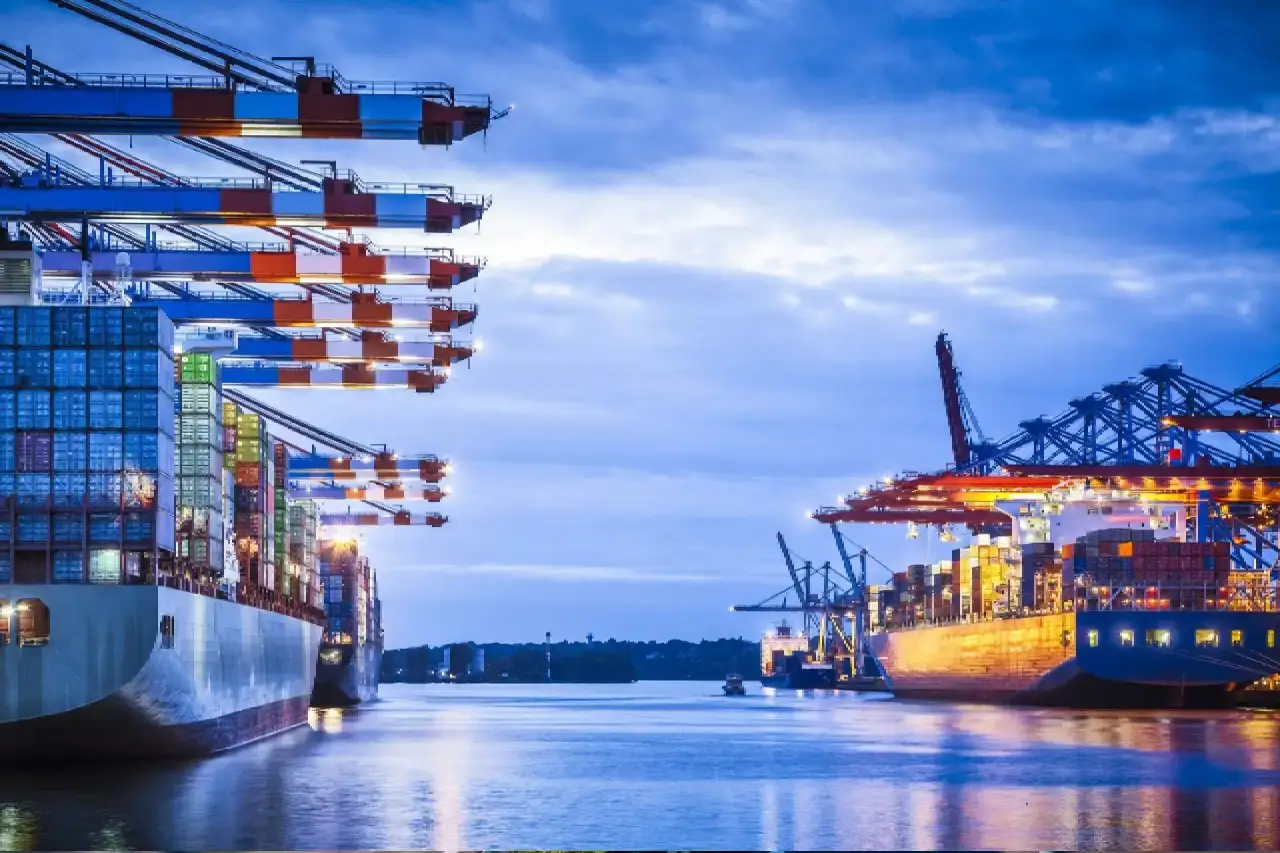
Unlocking the Secrets of Ocean Freight
Your Gateway to Global Trade
In an era of globalized commerce, the movement of goods across borders is a vital cog in the machinery of international trade. Ocean freight, often regarded as a mysterious realm for many, plays a crucial role in this grand equation. If you’re an entrepreneur or a business professional looking to expand your reach in the global market, understanding the intricacies of ocean freight can be your ticket to success. This comprehensive guide will demystify the world of ocean freight, helping you navigate its complexities and harness its potential. So, fasten your seatbelts as we embark on a journey to unlock the secrets of ocean freight.
The Ocean Freight Basics
Before we dive deep into the intricacies, let’s start with the fundamentals. Ocean freight, also known as sea freight, refers to the transportation of goods via ships. It is a cost-effective and reliable method of shipping cargo globally. Sea freight is particularly advantageous for bulk and heavy goods due to its cost efficiency.
Types of Ocean Freight
There are several types of ocean freight, each catering to specific cargo needs:
- Full Container Load (FCL)
In FCL shipping, you pay for an entire container, whether you fill it to capacity or not. This option is ideal for businesses shipping large quantities of goods.
2. Less than Container Load (LCL)
LCL is suitable for businesses with smaller quantities of goods. Here, you share a container with other shippers, which can be more cost-effective.
Advantages of Ocean Freight
Why should you consider ocean freight over other shipping methods? Let’s explore its advantages:
- Cost-Efficiency: Ocean freight is often more economical than air freight, making it the preferred choice for businesses with cost-sensitive shipping needs.
- Sustainability: Sea freight is considered a more eco-friendly option compared to air freight, which has a higher carbon footprint.
Challenges of Ocean Freight
While ocean freight offers numerous benefits, it comes with its set of challenges:
- Time: Shipping by sea is generally slower compared to air freight, so it’s crucial to plan your shipments well in advance.
Weather and Delays: Adverse weather conditions can lead to delays, affecting your supply chain.
Choosing the Right Shipping Partner
Selecting the right shipping partner is critical. Here are some factors to consider:
- Reputation: Look for a reputable shipping company with a track record of reliability.
- Cost: Compare quotes from different carriers to find the best rates.
Documentation and Customs
Navigating the world of ocean freight also involves handling extensive documentation and customs requirements. It’s crucial to ensure all paperwork is in order to prevent any delays or fines.
Understanding Incoterms
Incoterms (International Commercial Terms) are a set of predefined international trade rules. Familiarize yourself with these terms to clearly define the responsibilities of the buyer and seller in an international transaction.
Packing and Labelings
Proper packing and labeling of your goods are essential to ensure safe transportation and easy customs clearance. Make sure you follow industry standards and regulations.
Tracking and Monitoring
Once your cargo is on the move, it’s essential to track and monitor its progress. Most shipping companies provide online tools for real-time tracking, keeping you informed throughout the journey.
Conclusion
Unlocking the secrets of ocean freight is your gateway to global trade success. In this article, we’ve covered the basics, advantages, challenges, and key considerations in the world of sea freight. Remember that choosing the right shipping partner, understanding documentation, and ensuring the proper packing and labelling of your goods are crucial steps in your global trade journey. By mastering these intricacies, you can leverage ocean freight to expand your business to new horizons and unlock the doors to international success.
